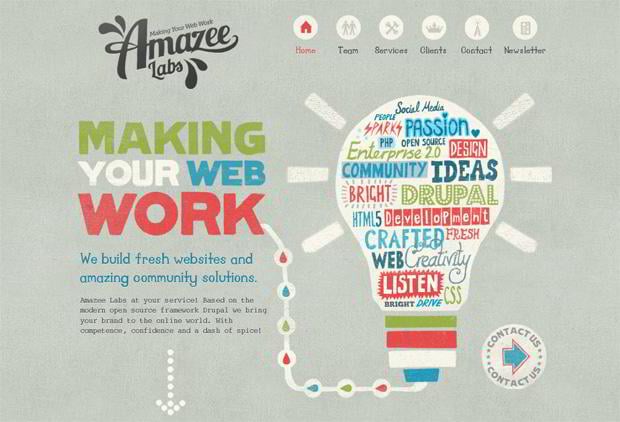Site Layout Basics: Tips For Building A User-Friendly Website
Site Layout Basics: Tips For Building A User-Friendly Website
Blog Article
Article Created By-Hovmand Thrane
When it comes to web site design, guaranteeing user-friendliness is crucial. From receptive style to structured navigation, every aspect plays a vital role in developing a website that satisfies your target market's requirements. Yet what regarding https://www.adweek.com/performance-marketing/7-digital-marketing-strategies-to-boost-lead-generation/ that can make or damage an individual's surfing experience? Stay tuned as we uncover some often-overlooked tips that can raise your site's use to the next level, making it absolutely attract attention in the digital landscape.
Relevance of Responsive Layout
Receptive layout is a crucial aspect of contemporary website development. Ensuring your website is receptive means that it can adjust to various screen dimensions and gadgets, providing a smooth experience for individuals.
With the increasing use of smartphones and tablets to access the web, having a responsive design is crucial for reaching a larger target market. It helps in boosting individual experience by making your internet site easy to browse and keep reading any type of device.
In addition, responsive style can positively affect your search engine rankings, as online search engine like Google prioritize mobile-friendly sites. By having a responsive layout, you're additionally future-proofing your site, as new devices with varying display dimensions remain to arise.
Simplify Navigation Structure
To boost customer experience and promote easy accessibility to info on your internet site, enhancing the navigating structure is paramount. When creating your site, concentrate on creating a clear and user-friendly navigation menu that aids visitors find what they're searching for rapidly.
Limitation the variety of food selection things to the essentials, grouping associated pages with each other to prevent overwhelming users. Use descriptive tags that plainly show the web content of each page, making it much easier for users to recognize where each web link will certainly take them.
Consider executing dropdown menus for subcategories to prevent cluttering the major navigation bar. Additionally, consist of a search bar plainly on the page for individuals that favor searching for specific info.
Prioritize mobile responsiveness in your navigation style to guarantee easy accessibility on all devices.
Enhance Web Page Lots Speed
Improving web page tons rate is important for keeping site visitors on your internet site. Slow-loading web pages frustrate users and can cause high bounce rates. To maximize page load rate, start by enhancing images. Press photos without jeopardizing quality to lower their documents sizes.
In addition, enable web browser caching to save regularly accessed sources locally, quickening lots times for returning visitors. Minify CSS, JavaScript, and HTML files by getting rid of unnecessary personalities, remarks, and format, boosting tons rate.
Take into consideration making use of a content distribution network (CDN) to disperse your website's material throughout multiple servers worldwide, decreasing latency for users accessing your website from different locations. Lastly, restrict using third-party manuscripts and plugins, as they can substantially affect tons times.
website search design
To conclude, by incorporating receptive style, simplifying navigating, and maximizing web page lots speed, you can produce a straightforward website that appeals to a bigger audience and improves user experience. These essential elements make certain that visitors can conveniently accessibility and navigate your website across different tools, leading to increased interaction and complete satisfaction. By focusing on these key aspects, you can construct an effective website that keeps users coming back for more.
